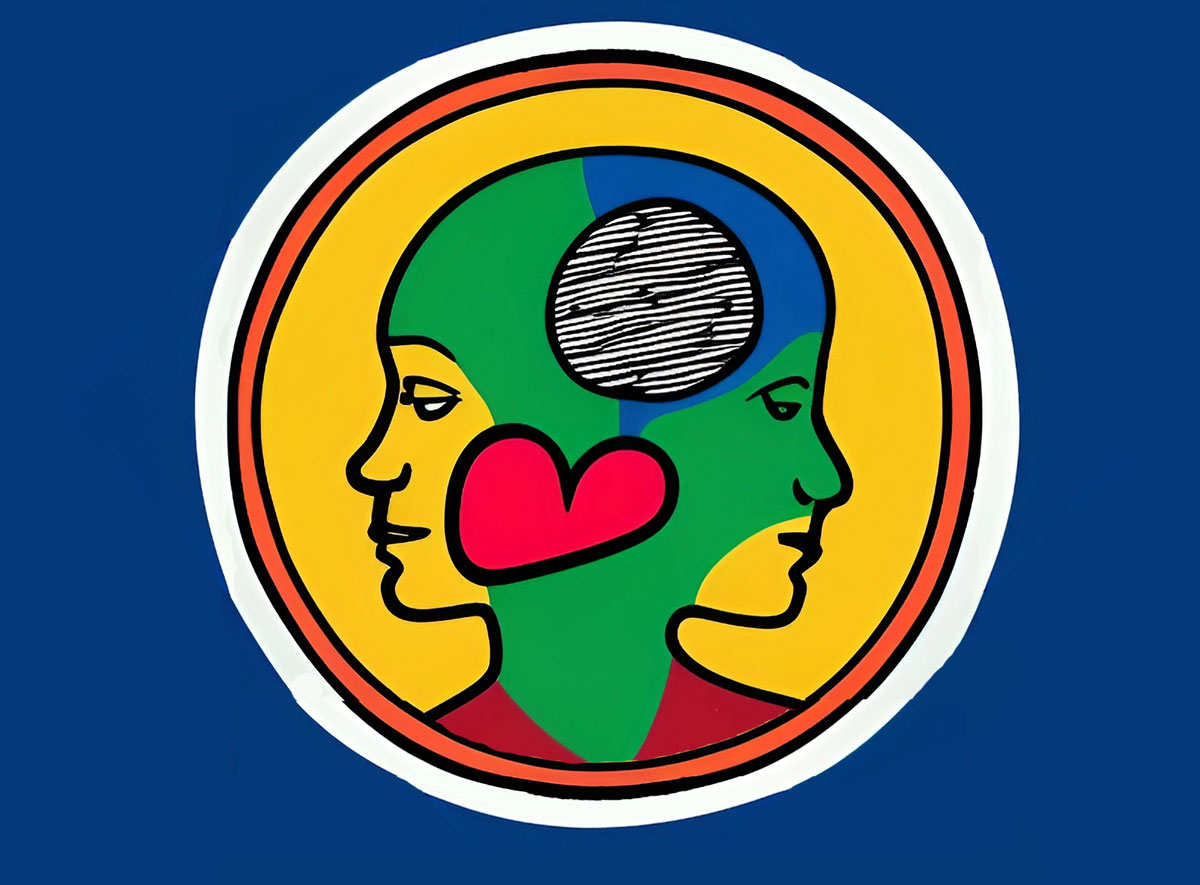I will never forget my first High Altitude Low Opening (HALO) military free-fall jump. It was roughly 5 am, and I was standing on the ramp of a C-130 flying 140 mph with a parachute on my back that I had packed. My mind raced with self-doubt. Had I performed the parachute packing correctly? Yes, I told myself again and again—after all the instructors had checked my work.
My heart was in my throat—I could feel it beating. I was terrified. This is not normal—jumping to my death until this parachute opens. I felt nervous and had butterflies in my stomach. I wondered if I was going to puke. Then the moment came when my jump buddy (instructor) saddled up next to me with a grin and said, “Sir, you have the rest of your life to figure out how to open your parachute—Good luck!” And he pushed me off the ramp.
A moment later, my mind was calm, my heart went back to my chest, and the butterflies were gone. I knew exactly what to focus on—getting flat and stable, checking my surroundings, and watching the altimeter on my wrist. My training kicked in and within 60 seconds I had a good parachute opening over my head. I share this story because doing anything new to you activates all three of our intelligence centers: head, heart, and gut. Did you know that the same neurons that make up your brain are also present in your heart and gut?
Balance, Congruence, and Dissonance
Think of these three intelligence centers as control centers in a seagoing vessel. They help the vessel set course, stay on course, or change course. Our head, heart, and gut do the same thing for us. They act as active sensors like sonar, radar, and radio signals. Each has its own frequency and helps us avoid obstacles or, better still, OVERCOME obstacles. However, if you’re not familiar with their frequencies, then you can find yourself in a state of confusion or dissonance (noise and static)—think fight, flight, or freeze. But when you learn to listen to each one, you find yourself making better and faster “course corrections” (i.e., better decisions).
In the world of leadership coaching, we call this “congruence”—getting your three intelligence centers in alignment. Being congruent is hard. We are so used to listening to our main radio transmitter (our head) that it can drown out other vital transmissions from our heart and gut. It's important to have all three of these intelligence centers working together in harmony if we're going to be successful in reaching our goals. That's because each one brings a unique perspective and set of skills to the table. Like a tripod or 3-legged stool, they each provide stability and support to help us stay upright and on course. Missing one or more of these components can result in a loss of balance and eventually lead to poor decisions. Recognizing and understanding these three centers of intelligence can help us to better tap into our unique potentials and live more fulfilling lives.
The Head
The first intelligence center is the head. This is where rational thought and analysis reign supreme. People who favor this center tend to be logical, objective, and analytical in their thinking. They are often good at problem-solving and making decisions based on facts and data. The head represents our rational or logical side. It's responsible for processing information and making decisions based on that information. The head is the control center for our thoughts, ideas, and beliefs. Our thoughts can be either positive or negative, and they play a major role in determining whether we pursue our dreams or give up on them.
The Heart
The second center is the heart. This is where our emotions and intuition reside. People who favor this center tend to be more creative, compassionate, and introspective. They often make decisions based on how they feel about a situation rather than what logic dictates. The heart represents our emotional side. It's responsible for processing our feelings and emotions. Our emotions can also be positive or negative, and they can have a major impact on our behavior.
The Gut
The third center is the gut. This is where our desires live. Our desires are a compilation of instincts and impulses. People who favor this center tend to be spontaneous, impulsive, and action-oriented. They are often quick to trust their gut reactions and act on them without much thought or reflection. The gut is the control center for desires. Our desires are what motivate us to take action and pursue our dreams. They're what drives us to keep going when the going gets tough.
How to Integrate Your Head, Heart, and Gut
When all three of these intelligence centers are working together, we're able to make better decisions, take decisive action, and achieve our goals. But when one or more of these centers is out of balance, it can lead to problems. The key to integrating your head, heart, and gut is to become aware of what each one is telling you. Pay attention to your thoughts, emotions, and desires. Listen to what they're telling you and take action accordingly.
Integrating all three of these decision-making processes can help us make more well-rounded choices. When we only use our head, we may end up making decisions that are too logical and lacking in emotion. When we only use our heart, we may end up making decisions that are too emotional and lacking in logic. And when we only use our gut, we may end up making decisions that are too instinctual and lacking in both logic and emotion. But when we integrate all three of these processes, we can find a balance that leads to better decision-making overall.
Thoughts, Feelings, and Instincts are Rarely in Perfect Harmony
Let's bring it back to taking that “proverbial jump”—in other words, trying something new for the first time. For example, if you're considering a new business venture, your head may be telling you that it's a good idea, while your heart may be sending you signals of anxiety because of the uncertainty associated with starting a new company. But your gut on the other hand is on fire with possibilities (butterflies of excitement).
If your head, heart, and gut are all telling you the same thing, then it's a good indication that you're on the right track. In my experience, however, all three rarely line up perfectly—one part usually takes a little time to catch up to the others. When this happens, review your new project using all three intelligence center perspectives: logic, emotion, and desires (what you truly want and why it matters to you).
Take time to think about the risks and how they might affect you emotionally. Examine your feelings and see what, if anything, is holding you back. Consider the positive things that can happen when you start your new venture to see if that helps your heart feel better aligned with your head and gut. This will help you calm down and make a more balanced and informed decision. When you're in harmony with your thoughts, emotions, and desires, you'll be able to move forward with powerful confidence—like jumping head first!
Which of these three intelligence centers do you think you favor most? Or do you think you use all three equally? Understanding which center(s) you tend to rely on most can help you to better understand your strengths, weaknesses, and preferences. It can also help you to develop a greater appreciation for people who think differently than you do because they are simply using a different part of their brain!

